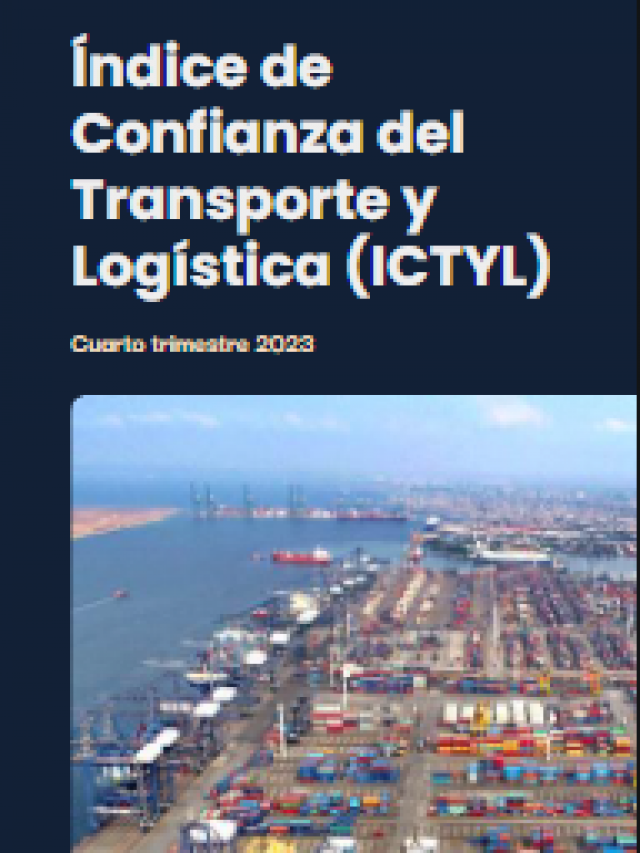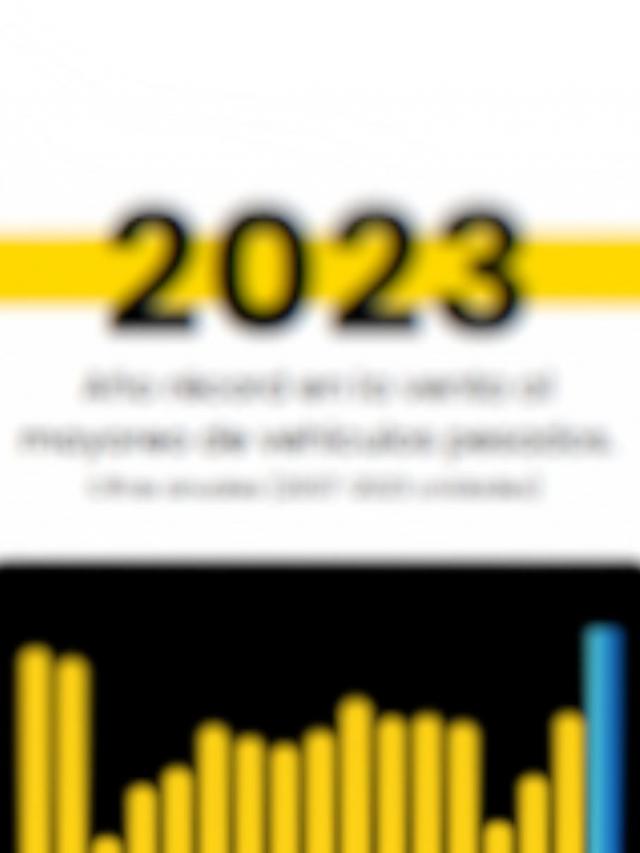
Whether through transport companies or through the support of business organizations , they are preparing to train operators so they can comply with the new guidelines of the administration of United States President Donald Trump, which requires trucking operators to demonstrate proficiency in English to drive on the country’s roads.
Among the considerations in Donald Trump’s executive order are those requiring drivers to understand traffic signs and road markings, communicate with officers, complete required reports and documents, and follow safety-related instructions.
Faced with this situation, several companies operating under the B1 operator scheme are calling on them to perfect their English language skills and comply with U.S. Department of Transportation (DOT) regulations. These calls have been identified both on the carriers’ social media channels and through direct channels such as WhatsApp.
B1 operators are those who are foreign nationals (not US nationals) and have a visa. Those operating in Mexico must begin their journey in Mexico and end it anywhere in the United States, or they must also travel in the opposite direction.
In addition to companies, some organizations, such as the National Chamber of the Transportation Industry (Canacintra) in Ciudad Juárez, Chihuahua, in conjunction with the Chihuahua State Institute for Job Training (ICATECH) , announced the provision of specialized English courses for freight trucking operators.
According to the president of Canacintra in Ciudad Juárez, the courses are intended to ensure that operators comply with the regulations specified in the United States, “since (revisions) are being reinforced in some states, such as California, where access has been restricted for those who cannot communicate in English ,” shared Isela Molina, president of Canacintra, according to reports from various local media.
In recent days, the Commercial Vehicle Safety Administration (CSVA)announced that the concept “English Proficiency (US Only)” will be added starting June 25 , which will consider the “Part I – Driver” section of the North American Standard Out-of-Service Criteria with the following language: The driver is unable to read and speak English sufficiently to communicate with the safety officer to respond to official inquiries and instructions in accordance with the FMCSA compliance guide. (391.11(b)(2)) Declare the driver out of service.
Criterion CFR391.11(b)(2), “General Qualifications of Drivers,” states that a driver must be able to read and speak the English language sufficiently to converse with the general public, to understand highway traffic signs and signals in the English language, to respond to official inquiries, and to make entries on reports and records.
With these considerations in mind, a commercial motor vehicle inspector may remove a driver from service if they cannot demonstrate proficiency in reading and speaking English. According to the Department of Transportation, the Federal Motor Carrier Safety Administration (FMCSA) will issue guidance for commercial motor vehicle inspectors to ensure consistent enforcement of the English language proficiency standard.
These criteria from both the CVSA and the FMCSA are part of the 60-day period established by the Trump administration to follow up on the measure implemented in the executive order.
Comment and follow us on X: @GrupoT21















